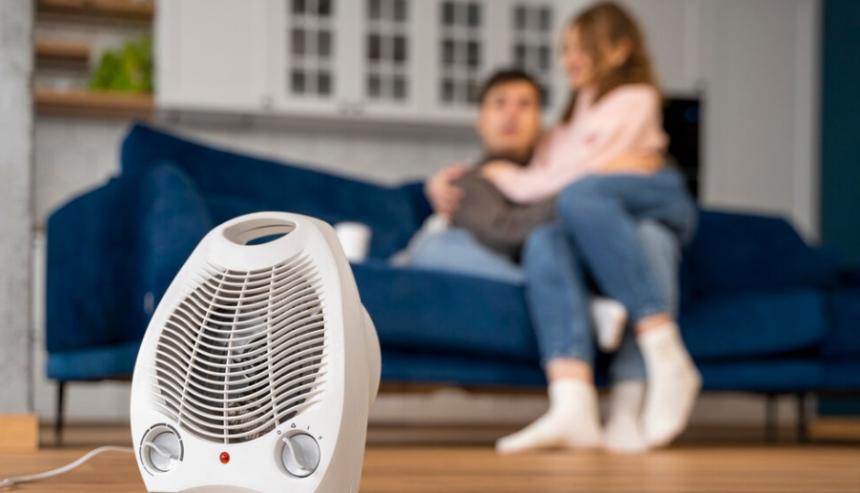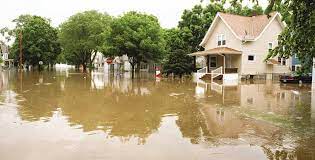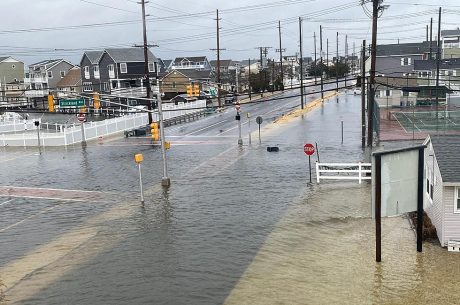Table of Contents
When water damage strikes, the immediate focus is on removing standing water and preventing further damage. But the real challenge often comes after the water is gone—lingering moisture. Even after extraction, excess humidity can seep into walls, floors, and furniture, creating the perfect conditions for mold, mildew, and structural damage.
This is where dehumidification plays a critical role. By removing excess moisture from the air and materials, dehumidification helps speed up the drying process, prevent long-term damage, and ensure a safe, healthy recovery for your property. In this post, we’ll explore how dehumidification works and why it’s essential after water damage.
What is dehumidification?
Dehumidification is the process of removing excess moisture from the air to reduce humidity levels and maintain air quality. This is typically achieved using specialized equipment, such as dehumidifiers, that extract water vapor from the air and condense it into liquid form.
Dehumidification helps maintain optimal moisture levels in a space, preventing issues like mold growth, mildew, and further structural damage. It’s particularly important in situations like water damage restoration, where high humidity can linger even after standing water has been removed, leading to long-term problems if not properly addressed.
How Does Dehumidification Help After Water Damage
Dehumidification plays a crucial role in the recovery process after water damage by addressing moisture that can linger in the air and building materials. Here’s how it helps:
Prevents Mold and Mildew Growth: Moist environments are ideal for mold and mildew, which can begin to grow within 24-48 hours of water damage. Dehumidifiers reduce humidity levels, making the environment less conducive to mold growth and protecting your health.
Protects Structural Integrity: Water can seep into walls, floors, and furniture, weakening the structure over time. By pulling moisture from the air and materials, dehumidification helps prevent wood warping, drywall swelling, and other structural damage.
Speeds Up Drying Time: Dehumidification accelerates the drying process, ensuring that all moisture is properly removed from the affected areas. This reduces the risk of long-term damage and allows for faster restoration.
Prevents Lingering Odors: Excess moisture can cause musty odors to develop. Dehumidification helps eliminate these odors by addressing the root cause—excess water in the environment.
Enhances Air Quality: Excessive humidity can lead to poor air quality, triggering allergies and respiratory problems. Dehumidification restores balanced humidity levels, creating a healthier indoor environment.
By using dehumidification in the water damage restoration process, you can ensure a thorough, safe, and efficient recovery.
How long to dehumidify?
The duration of the dehumidification process after water damage depends on several factors, including the extent of the damage, the size of the affected area, the level of humidity, and the type of materials that were affected. So, depending on the size dehumidification may take 1-5 days.
When to stop dehumidifying?
You should stop dehumidifying after water damage when moisture levels in the affected materials and the overall humidity in the space return to normal. This can be determined using a moisture meter to check that walls, floors, and other structures have dried to acceptable levels (typically between 10-15% moisture content).
Additionally, indoor humidity should be consistently between 30-50%, with no signs of lingering condensation, dampness, or musty odors. For larger or more severe cases, it’s best to have a professional assessment to ensure that all moisture has been thoroughly removed before stopping dehumidification.
For Water Damage Remediation in New Jersey – Call (877) 750-7876
After Identifying if Water Damage Is New or Old, and you need water damage remediation, call PuroClean Emergency Recovery Service New Jersey to perform all water damage services.
If your New Jersey home experiences water damage, contact us as soon as possible. Swift action is essential to minimizing damage and getting your business back on track. Reach out to PuroClean Emergency Recovery Service New Jersey at (877) 750-7876 to benefit from our expertise and restore your property after water damage.
In conclusion, dehumidification is a critical step in the water damage restoration process, ensuring that hidden moisture is effectively removed and preventing long-term issues like mold, structural damage, and poor air quality. While the duration of the dehumidification process varies based on the severity of the damage, it’s important not to rush it.
Properly addressing excess moisture will protect your property and health in the long run. If your home or business has suffered water damage, make sure to consult professionals who can implement the right dehumidification techniques for a thorough recovery.




 PuroClean Emergency Recovery Services
PuroClean Emergency Recovery Services